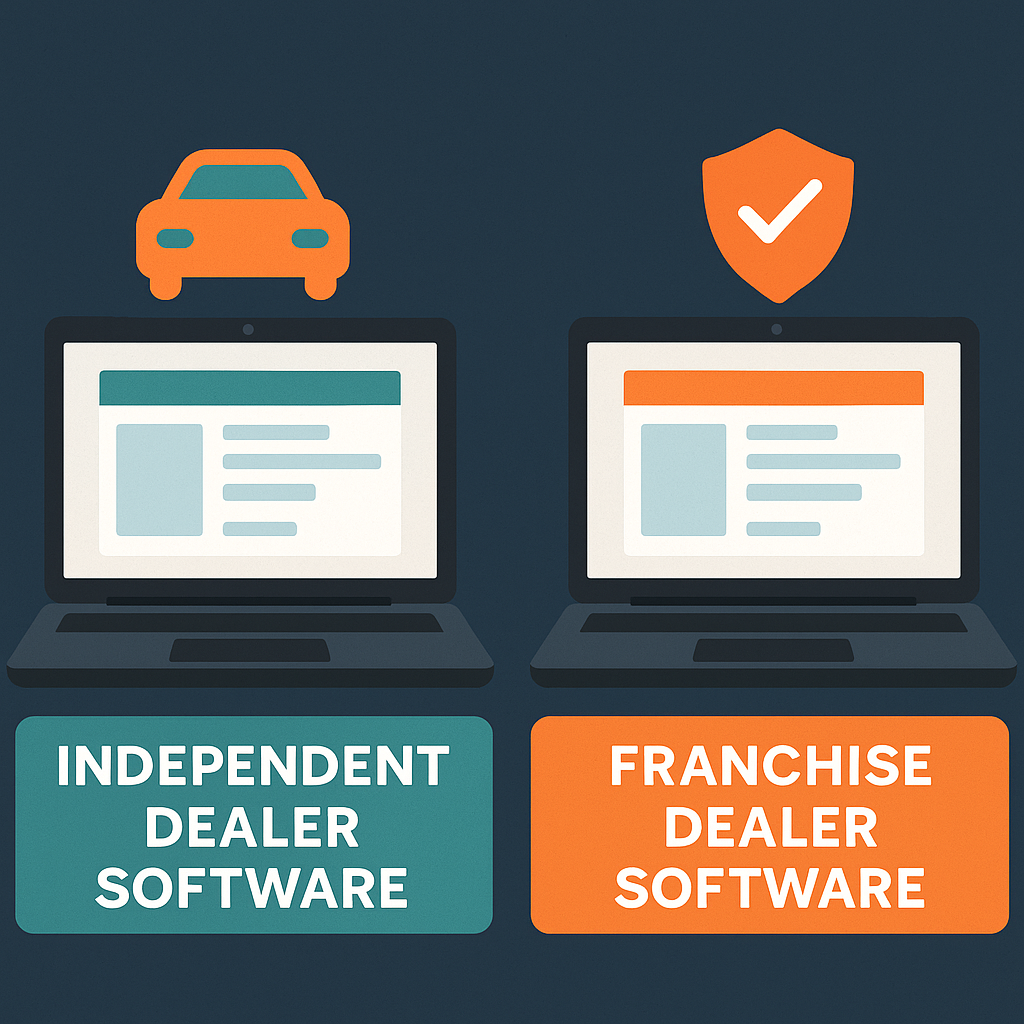In the fast-paced and competitive world of car dealerships, metrics and data analysis play a crucial role in success. Understanding average days on lot stands out as one of the most significant indicators of a dealership’s efficiency and profitability.
We’ll explain why understanding this metric is ESSENTIAL for car dealers, and how it can drive decision making.
What is Average Days on Lot?
Average days on lot refers to the average number of days a vehicle remains unsold on a dealership’s lot from the time it arrives until it is sold. This metric provides insights into the turnover rate of inventory, helping dealers understand how quickly they can move vehicles off their lot and convert them into revenue.
If you’re not currently keeping track of this metric, Carketa can help you gather a baseline metric for free. Schedule a 15-minute frontline analysis here. We can run a quick report on your dealership to see your average days on market so you can start tracking and see how you compare to other dealerships in your area.
How do I know my Average Days on Lot?
Why is Average Days on Lot Important?
1. Cash Flow Management
- Faster Inventory Turnover: Faster time to the frontline means that dealers can put that capital into new inventory.
- Reduced Holding Costs: Each day a car sits on the lot, it costs you money. Financing charges, insurance, and depreciation. Minimize the average days on lot to reduce these holding coats and improve profitability.
2. Market Responsiveness
- Adapting to Market Trends: A lower average days on lot points to a dealer meeting current market demand. By tracking average days on lot for inventory dealers can see what models are popular and adjust accordingly.
- Pricing Strategies: If dealers are seeing an increase in average days on lot for particular vehicles, it may show that the pricing strategy needs to change.
3. Customer Satisfaction
- Variety and Freshness: A dealership with a high inventory turnover provides a fresher and more varied selection of vehicles. This not only attracts more customers but also improves the overall buying experience.
- Sales Efficiency: Efficiently managing inventory and reducing average days on lot can lead to quicker sales processes, less time waiting for specific models, and ultimately, happier customers.
4. Competitive Advantage
- Market Positioning: Dealerships that maintain a lower average days on lot can position themselves as dynamic and responsive businesses. This can attract both customers and manufacturers who value efficient partners.
- Reputation: Consistently turning over inventory quickly can build a dealership’s reputation for having the latest models and a keen understanding of market demands.
Strategies to Optimize Average Days on Lot
1. Dynamic Pricing
- Understand past performance and current market conditions to adjust your pricing accordingly and find profit.
- Learn how Carketa’s Pricing tool can help you buy for margin and price to sell.
2. Data-Driven Inventory Management
- Utilize advanced analytics to forecast demand and adjust inventory levels. Tools that track sales trends and customer preferences can help in making informed purchasing decisions.
3. Effective Marketing
- Invest in targeted marketing campaigns to promote vehicles that have been on the lot longer than average.
- Every dollar invested per vehicle needs to be shown to the customer so they understand the value you have added to the car.
- See how Carketa’s Sales Packet can help you differentiate your dealership and showcase your team’s hard work and expertise through the detailed Condition Report.
4. Streamline Recon Flow
- A standardized recon flow keeps inventory flowing. Faster time to the frontline, means more profit for dealers.
- See how Carketa’s Recon solution can help dealers streamline their recon flow and decrease the average days on lot.
5. Enhanced Sales Training
- Equip sales staff with the skills and knowledge to close deals efficiently. Training on customer interaction, product knowledge, and closing techniques can make a significant difference.
6. Improved Customer Experience
- Focus on providing an exceptional customer experience. Streamlined purchasing processes, excellent customer service, and after-sales support can lead to quicker sales and repeat business.
Conclusion
In summary, understanding average days on lot is a critical metric for car dealership owners that impacts cash flow, market responsiveness, customer satisfaction, and competitive positioning.
By focusing on reducing this metric, dealerships can enhance their operational efficiency, boost profitability, and maintain a competitive edge in the market. Embracing data-driven strategies, effective marketing, and superior customer service are key to achieving a lower average days on lot and driving long-term success in the automotive retail industry.






